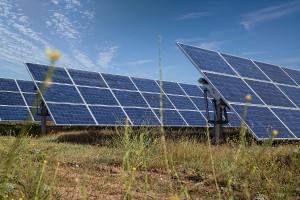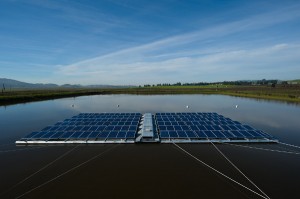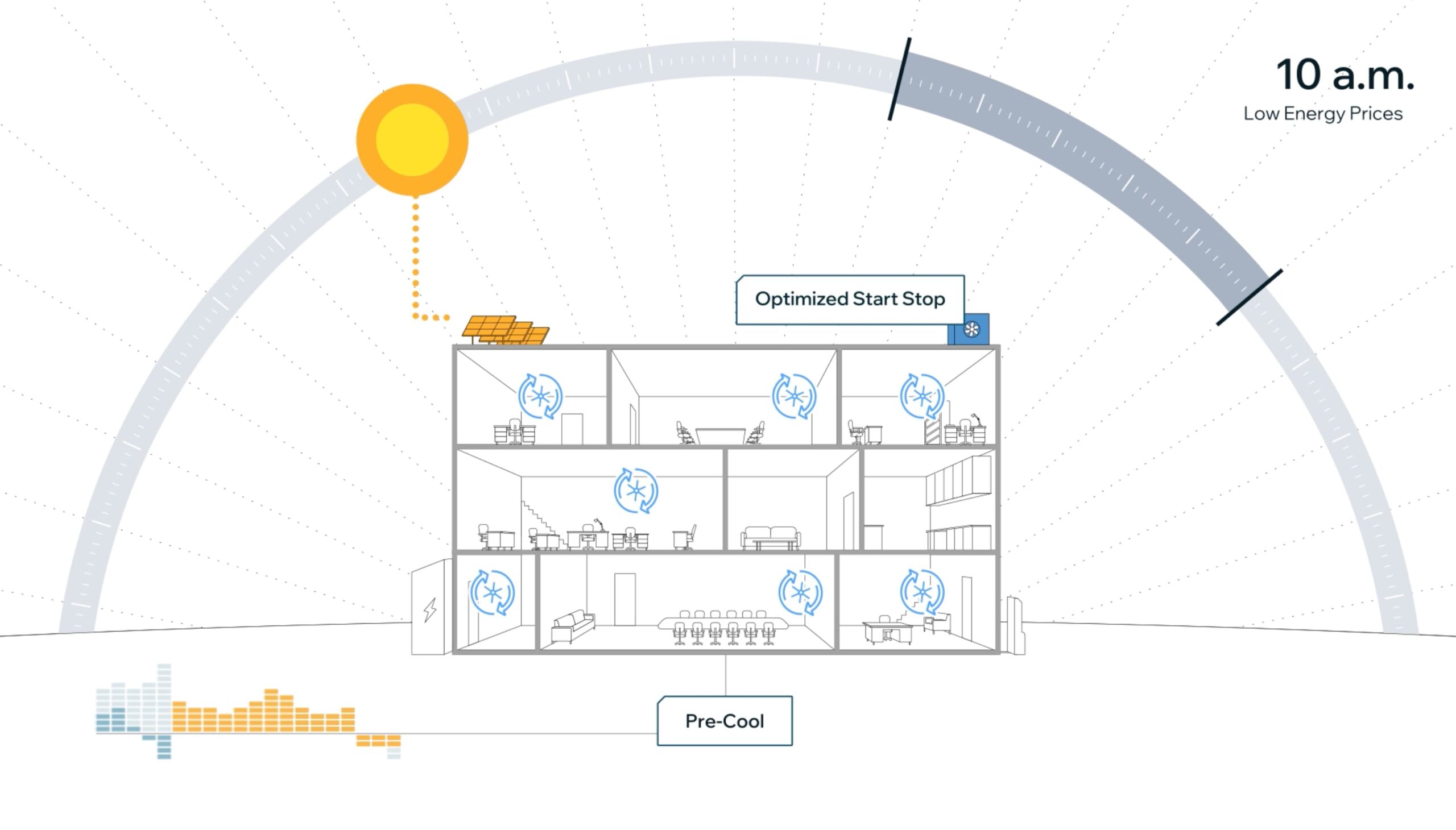Bright Ideas
Shifting from improving cell output to improving installation methods is the future for the solar industry.
By Marissa Muller
The solar industry is facing new realities as the economics of solar are changing. Optimizing the energy produced and making the most of available land have become more and more important as investors and project developers look for a viable economic model to maximize returns. With fossil fuel energy prices rising and government incentives for solar wavering, the latest technology developments could be the answer the industry needs in its march toward grid parity.
Advances in solar technology, primarily around the tracking and racking systems, increase return on investment by producing more energy. This means a lower cost for solar-generated electricity when measured on a levelized cost of energy basis, making for an even more compelling business case for solar.
SPG Solar, a national solar energy company with more than 70 MW installed coast to coast, has completed a number of installations that incorporate innovative engineering and the latest in tracker technology to optimize solar power systems and maximize the use of land space. And its introduction of Floatovoltaics, the world’s first “solar on water” system, has made solar a reality where never before possible.
Tracking the Sun
A solar tracking system follows the trajectory of the sun throughout the course of the day, increasing solar power production by up to 25 percent compared to a fixed-tilt system. SPG Solar is one of a handful of solar companies worldwide that specializes in building solar systems that utilize single-axis ground mount tracking technology. More and more developers of commercial-scale solar projects have turned to the SPG’s SunSeeker tracker to maximize returns and generate more solar power.
SPG Solar’s installation at Depot Park in Sacramento, Calif., repurposed previously unusable land, by turning a brownfield into a solar “brightfield.” Located on a former U.S. Army Depot in the heart of Sacramento, the 3-MW, 12,600-panel array is spread across 15 acres and produces enough power to meet approximately 40 percent of the annual electricity needs at Depot Park, which is now home to a 3 million-sq-ft commercial and industrial complex.
The Neely Wastewater Reclamation Facility in Gilbert, Ariz., has taken an innovative approach to leveling energy costs by housing a solar power system installed above operating recharge basins. Optimizing both land and power output, the elevated 2.3-MW solar power system was designed and constructed directly in five operating recharge basins, which are flooded for groundwater percolation and aquifer replenishment. By using the SunSeeker tracker, more solar energy is produced, further maximizing returns. The system will generate more than 4 million kWh of electricity annually and is expected to provide a savings to the city of up to $2 million over the next 20 years.
Floating Solar
An innovative solar energy system was installed at the Far Niente Winery in California’s Napa County. The 477-kW Floatovoltaics system uses nearly 1,000 solar panels that float on top of Far Niente’s irrigation pond, saving revenue-producing vineyard land and putting non-revenue bearing property to use in reducing operating costs. Going beyond typical solar installations, the system offers significant conservation benefits: reduces water evaporation by up to 70 percent; improves water quality by providing coverage from the sun that spurs algae growth; minimizes the need for harsh water treatment chemicals; and provides shade below the panels, lowering the water temperature and improving power output from the solar panels.
Making Do with Less
Floating solar and innovative engineering solutions are leading the way in how commercial-scale solar installations can optimize land (and water) use for reducing energy costs. With more than 40 MW of SunSeeker tracker installed to date, SPG Solar is maximizing energy output at solar installations across the country. The next generation SunSeeker tracker, launched this March, is optimized for all weather conditions, generates more solar power and uses fewer parts in an effort to reduce costs.
The goal for the solar industry today is to install the most efficient systems that make the solar model work economically and solve the customer’s energy needs. Historically improving output of the actual solar cells themselves was the focus. Now it is innovative engineering and solar tracking systems that can save the day, further increasing production and improving return on investment.
Marissa Muller is senior manager at SPG Solar, headquartered in Novato, Calif. For more information, visit www.spgsolar.com.








Comments are closed here.